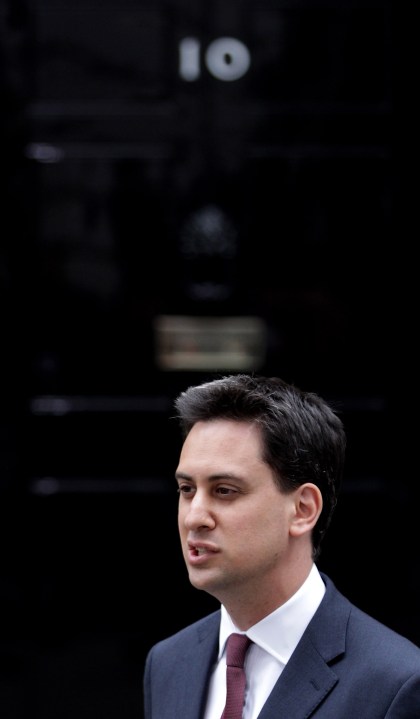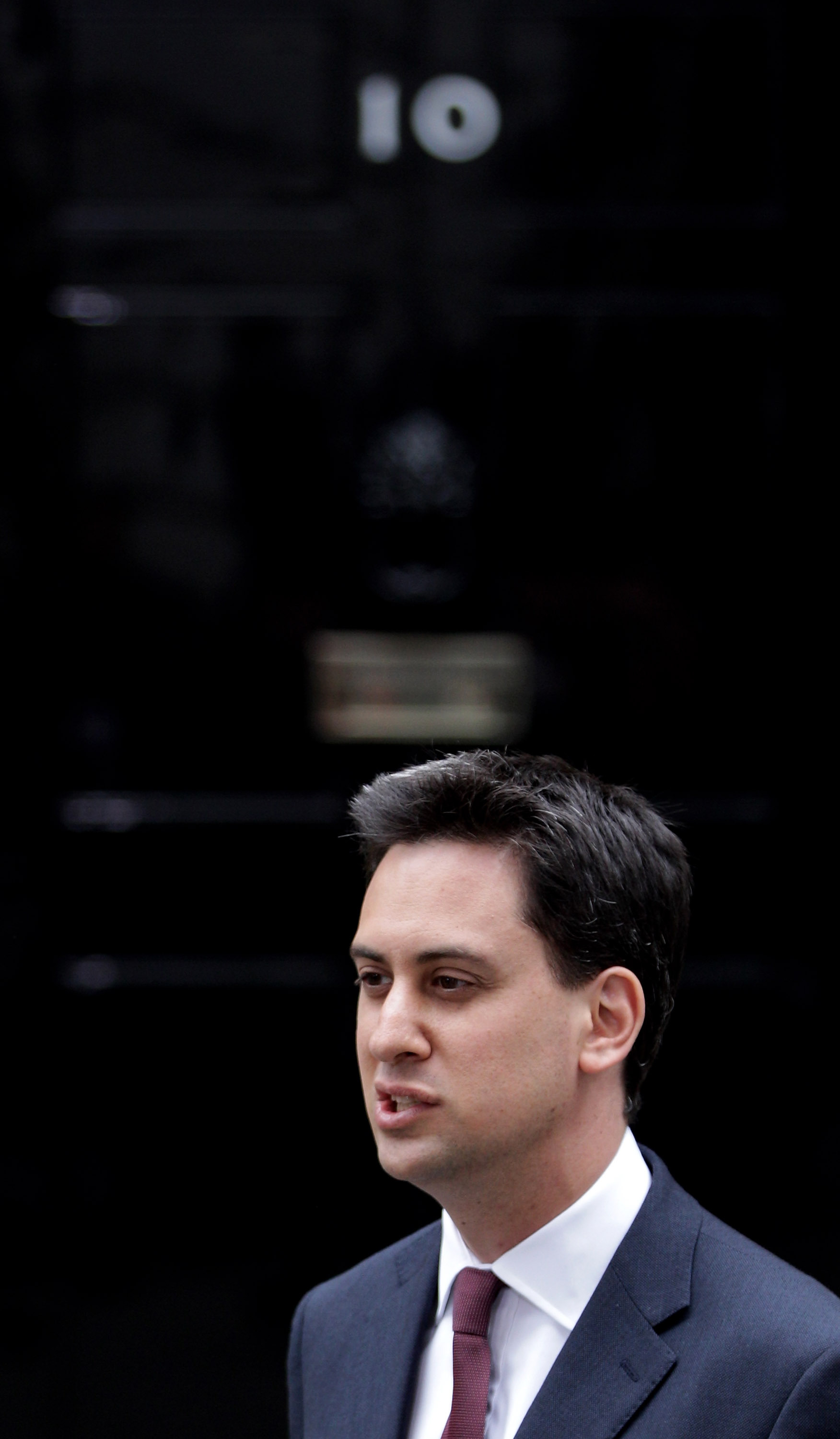 Things are looking good for Cameron – his coalition has 60 percent approval
rating, he has managed to persuade the Lib Dems to support what always was a liberal Tory agenda. There is plenty for Conservatives to celebrate, especially on welfare reform and education. But,
still, things could be a lot worse for the Labour Party than they are now. I say in my News of the World column today that, rather than being
“out for a generation” as Tory strategists were hoping only a month ago, Labour remains (amazingly) in striking distance of winning the next election. And there is no telling when that
election will be. Clegg and Cameron say their pact will last until 2015 – but only a
tenth of voters believe it. Labour is entering a leadership contest: the time to play some mental chess. Here are a few factors:
Things are looking good for Cameron – his coalition has 60 percent approval
rating, he has managed to persuade the Lib Dems to support what always was a liberal Tory agenda. There is plenty for Conservatives to celebrate, especially on welfare reform and education. But,
still, things could be a lot worse for the Labour Party than they are now. I say in my News of the World column today that, rather than being
“out for a generation” as Tory strategists were hoping only a month ago, Labour remains (amazingly) in striking distance of winning the next election. And there is no telling when that
election will be. Clegg and Cameron say their pact will last until 2015 – but only a
tenth of voters believe it. Labour is entering a leadership contest: the time to play some mental chess. Here are a few factors:
1. Brown crash-landed his party pretty well. Labour has 258 seats – which is far better than the 165 the Tories were reduced to after their 1997 wipeout. Hague nudged this forward to
166 seats and Howard to 198 seats. It is very unusual for an opposition to have so many seats and not win the next election.
2. Labour has the monopoly of anti-government votes. When Clegg broke off his talks with Gordon Brown and ran off with a younger man, he gifted Labour something of immense value:
it can now be the only (main) party railing against the Lib-Tory cuts.
3. The Cameron campaign failed to win over Labour voters, the type who converted to Thatcher in the 1980s. Labour is now working out that its core voters are worried about welfare and
immigration – but, crucially, the Cameroons struggled to find a message to push at the C2s. Take the famous Gillian Duffy. She
abstained, rather than switching to Tory. Her constituency, Rochdale, was actually a Labour gain. Labour is not really facing competition to appeal to their white working class vote (other than the
BNP who more than doubled their votes). The Thatcher-era Tories were prepared to be deeply unfashionable, to use more direct language, and – famously – spoke about how Britain was being
‘swamped’ with immigrants. The Cameron operation is loathe to head in this direction.
4. The immigration agenda has no champion. Just as the 2001 election campaign introduced leaders to the anger over anti-social behaviour, so the 2010 campaign saw repeated concerns
about immigration and welfare dependency. The Tories have a stunningly radical policy – to halve net immigration in four years. But the Hilton/Letwin strategy was not to focus on it, thinking
Tories would be trusted on immigration anyway. Cameron has not given a speech on the subject since October 2007. Britain is broadly divided between those who employ immigrants, and those who
compete with them for lower-paid jobs. The Tory campaign was aimed at people in the former category, who are judged to be the swing voters in the swing seats.
5. Labour is realising it might have immigration all to itself. Jack Straw said in The Times that the issues he needs to concentrate on are
“immigration, benefits and fairness”. Ed Balls is warming up his leadership campaign
saying how unskilled immigration went too far. Ed Miliband yesterday said that “immigration is
a class issue”. Rich, coming from the party that presided over all this immigration.
6. The Lib-Con alliance will keep Labour closer to the centre. There is a symmetry between government and opposition. Michael Foot’s leadership of Labour allowed Thatcher to embark on far more radical Conservative missions than she would have had Healey triumphed in 1980. Similarly, an all-Tory government might have seen Labour succumb to trades union capture – as it prepared for ten years in opposition. (Purnell and Hutton resigned envisaging precisely such an outcome).
7. Proximity to power will force Labour to behave. Labour knows it is in striking distance – that, against the odds, it denied Cameron outright victory. Given the scale of
the cuts to come, and the unpopularity this will bring both parties responsible (Cameron cunningly plonked two Lib Dems in the Treasury, and made David Laws the axeman), Labour is well-placed to
oppose these cuts.
8. Labour now knows that Clegg will sell his party to the highest bidder. We all saw Clegg’s extraordinary behaviour last week. Since them Martin Argles, the Guardian photographer,
has revealed how Clegg was on the blower to Brown right up to the final minutes of Brown resigning, trying to
wangle another deal with him. If Labour chooses its moment to offer the Lib Dems full PR, then it should be able to persuade Clegg to switch sides (perhaps in mock protest at the cuts) and then
call a general election at the most opportune time. This might by May 2012.
9. Labour MPs are talking about being back in time for the 2012 Olympics. Blair was furious to think that, after he brought the Olympics to Britain, a Tory would be there to take the bow.
A Labour MP last week outlined the above scenario. There will be a J curve for the economy: things will get worse before they get better. So Labour waits for the cuts to hurt – when there are
nurses marching down Whitehall. Labour would then persuade Clegg to switch sides, have a May 2012 election and have a Labour Prime Minister in place by July 2012 for the start of the Olympics. When
this MP was explaining this, I thought to myself ‘you’re deluded’. But I’d have thought the same if my old friend Danny Alexander had told me a month ago that he’d be
in the Cabinet.
Now, none of the above might come to pass. If Labour has a multi-candidate leadership election, then its transferable vote system will probably return an unpopular candidate (as the deputy leadership contests did). The Con-Lib coalition may retain its levels of popularity and success. A boundary review may make it tougher for Labour, by eliminating some of the unfairness which allowed it 40 percent of the seats on just 29 percent of the vote. The odds on a 2012 election are slim (well, 7-1 according to Ladbrokes) but the backdrop to the leadership contest is clear. Labour has much to gain by keeping it together.








Comments